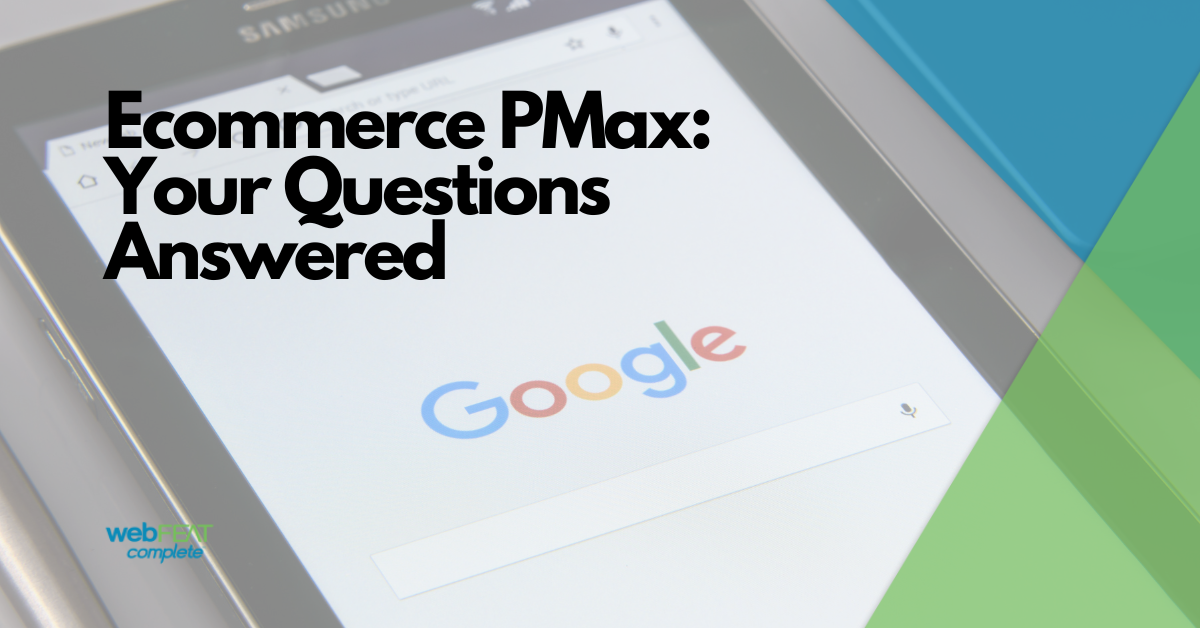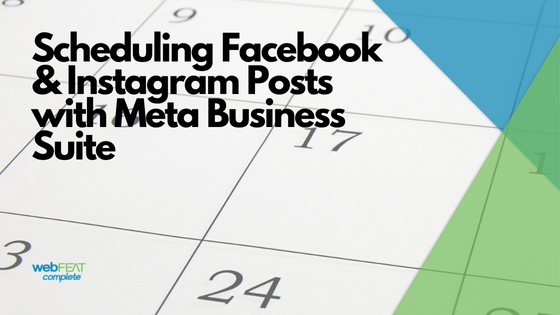It’s true, Smart Shopping campaigns are now obsolete and have been replaced with Performance Max campaigns. Google officially made the switch and whether you like it or not, your Smart Shopping campaigns were automatically converted to Performance Max. You might be freaking out, thinking you’ve lost all of your hard earned shopping data, but hang in there, PMax isn’t so bad after all and you can still view your historical data for Smart Shopping to help guide your PMax set up.
If you’ve been on top of things, you may have already prepared for this switch, but many E-commerce brands previously running Smart Shopping were caught off guard.
In a perfect world, you began testing and optimizing your Performance Max campaigns a few months ago when they were first released so the switch wasn’t a big deal. We know this isn’t a reality for most brands; That’s why we are here to talk through some of your biggest questions related to Performance Max and how to go about managing this new type of campaign for your e-commerce website.
Table of Contents:
- What is Performance Max?
- Should I use it?
- Should I create more than 1 asset?
- How many media assets do I need?
- How many product listing groups?
- Should I use standard shopping?
- How long should I run PMax for it to perform?
- How do I scale PMax?
- What audience signals should I use?
- Do I still need to run Display Remarketing?
So, What Is Performance Max?
To put it simply, PMax campaigns are basically a comprehensive campaign that includes many ad types such as Shopping, Display, Search, YouTube and more. It’s kind of like a more expansive Responsive Ad spread across all Google Advertising platforms.
Instead of Ad Groups, PMax uses something called Asset Groups and Listing Groups. You’ll control your ad copy, audiences and other important settings from Asset Groups, while products and shopping is managed from your Listing Groups.
Should I Use Performance Max campaigns?
As Google continues to implement more and more AI based campaign types, it is in your best interest to start utilizing PMax. As you know, the more data Google has, the better your account will perform overtime. We highly encourage running PMax campaigns for e-commerce websites especially if you were previously using Smart Shopping.
Should I create more than 1 Asset Group?
Generally, yes, the more asset groups the better in each PMax campaign. Think of Asset Groups as themes. Creating multiple asset groups will allow you to test out different audiences and targeting, create targeted ad copy, and break your campaign out by product categories if necessary.
How Many Media Assets Should I Add Per Asset Group?
When first launching a PMax campaign, we recommend using as many media assets as possible. This will help you and Google learn what type of ad copy, images, videos and landing pages deliver the best conversion rate. If you only upload 1 video, image and headline, you aren’t giving PMax the best chance of performing.
Additionally, viewers may get tired of seeing the same ad content. Showing them additional offerings and messaging can help improve conversions.
For every Asset Group you are allowed:
- 20 images
- 5 logos
- 5 videos
- 5 Headlines
Should I Create A Listing Group for Every Product?
It’s generally recommended to include your entire feed in each Asset/Listing Group or split Listing Groups by product category. This will allow Google to test various products for specific keywords and determine which product will perform the best. It’s also likely there won’t be enough search volume for a single product you offer. With this in mind, it’s best to include multiple products in each Asset/Listing Group instead of creating separate listing groups for every product.
Can I use Standard Shopping Instead or Alongside PMax?
Standard Shopping is still available and if you have a successful Standard Shopping campaign already running, there isn’t much you absolutely need to do. However, we still recommend running new PMax campaigns alongside your standard shopping. As Google moves closer to fully automated strategies, it’s in your best interest to start using PMax.
We’ve tested running Standard Shopping and PMax simultaneously and it seems Google favors the PMax product feed over standard shopping. From what we’ve seen, depending on your configuration, Standard Shopping may get very few impressions if identical feeds are running at the same time.
If you are launching your first Shopping campaign, start with PMax before standard shopping.
My PMax campaign isn’t performing, should I shut it off?
This is a common question we’ve been getting. If you’ve managed Google Ads accounts long enough, you know there is generally a learning period any time a new campaign is launched or changed. Many agencies and other authoritative figures have noted that PMax campaigns perform well out of the gate, but then drop significantly before recovering again. If you are part of this majority, hang in there and let Google do its thing before making any drastic changes.
Sometimes you have to spend money before you start making it.
How Should I Scale My PMax Campaign?
The general rule of thumb for all Google Ads campaigns is to adjust your budget gradually. As your budget expands, you can start adding additional Asset Groups. It’s highly recommended you avoid doubling or tripling your campaign’s budget in one sitting. Make 10-15% adjustments over a week or two. You don’t want to freak Google’s AI out of sync.
What Are the Best Audience Signals to Target in PMax?
When first launching a PMax campaign we recommend focusing on 3 Audiences:
- Retargeting website visitors and YouTube channel viewers
- In-Market audiences related to your brand
- And Affinity Audiences related to your brand
This doesn’t mean you shouldn’t try other audience targeting strategies, but when first getting started this is what we recommend.
Should I Use A Display Retargeting Campaign Alongside PMax?
Yes. Performance Max is mostly focused on new customer acquisition so it is highly recommended you run some type of retargeting campaigns along with PMax.
Have a question not yet included in this article?
Leave us a comment below or Contact Us and we’d be happy to provide you with an answer.
“”





